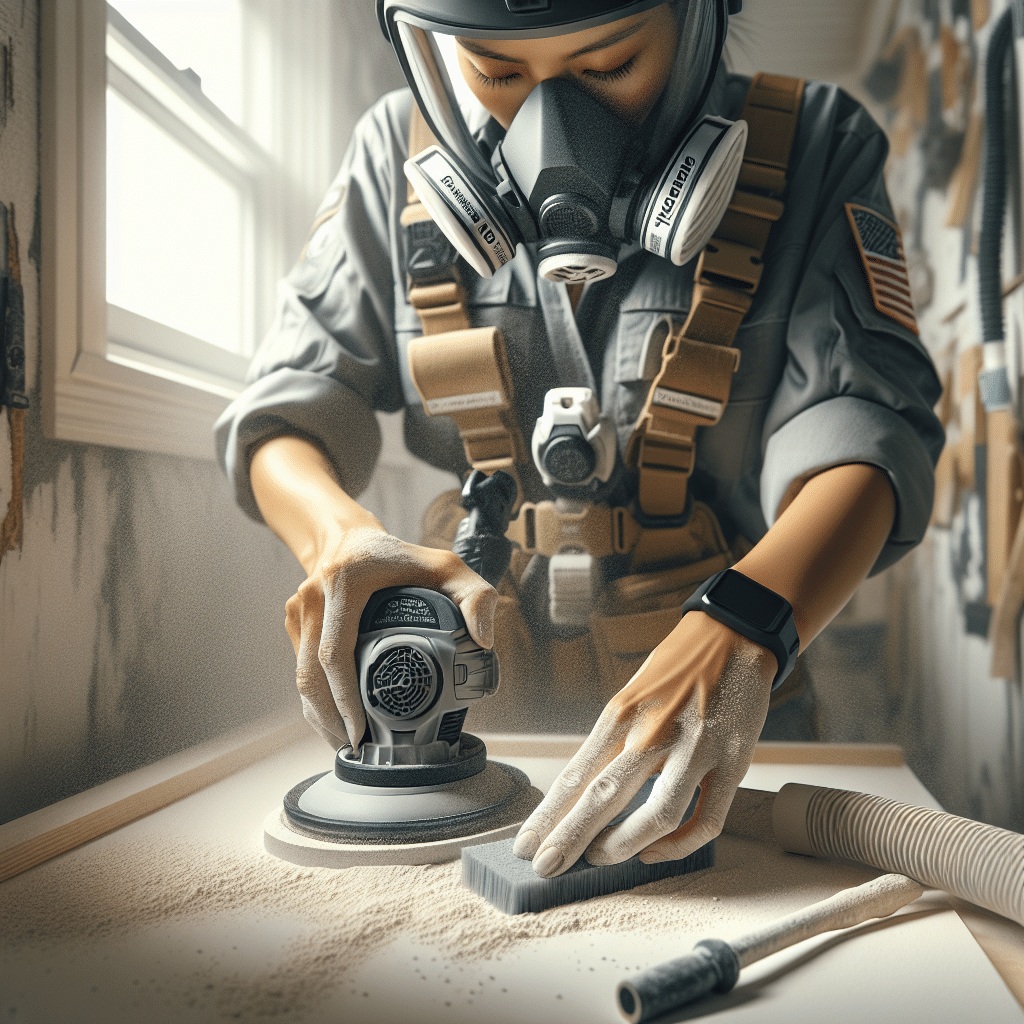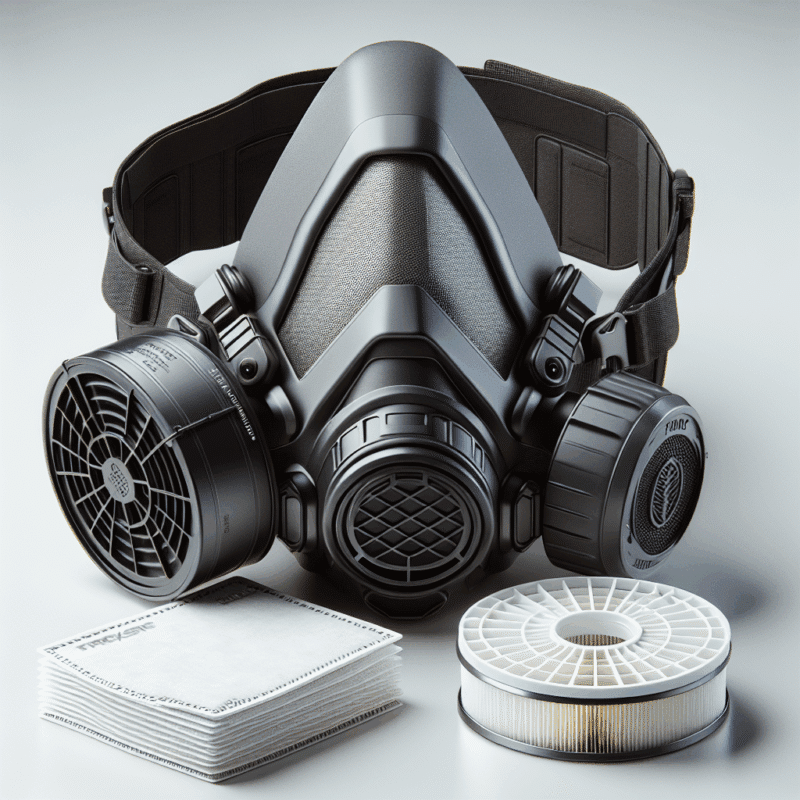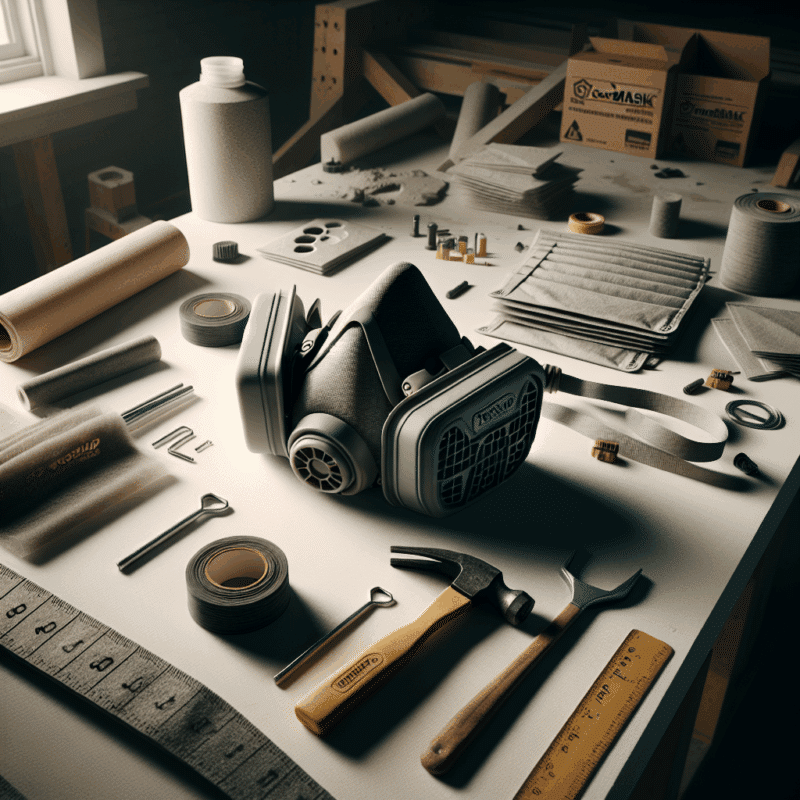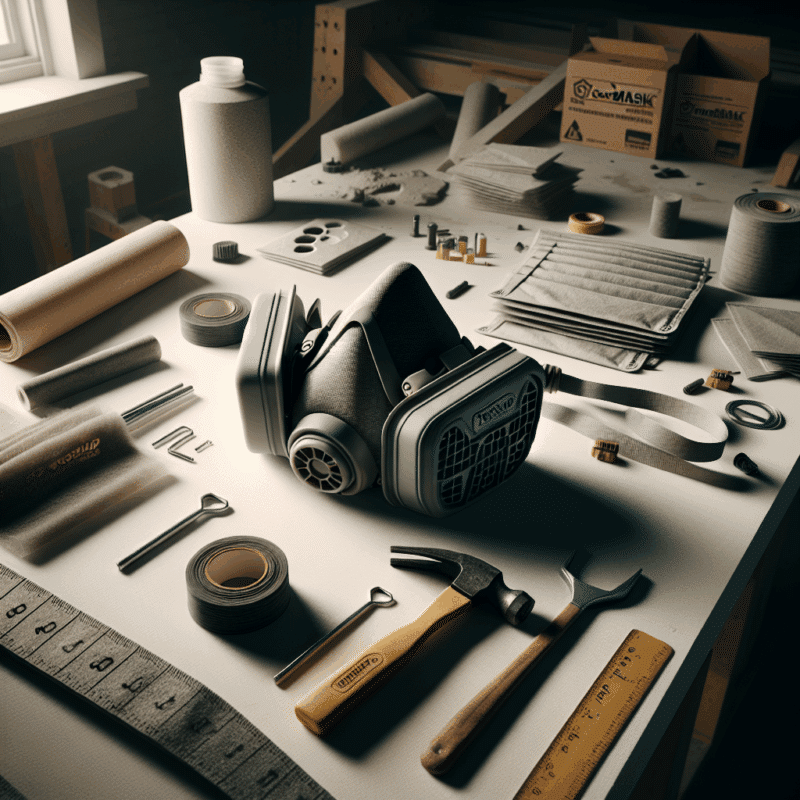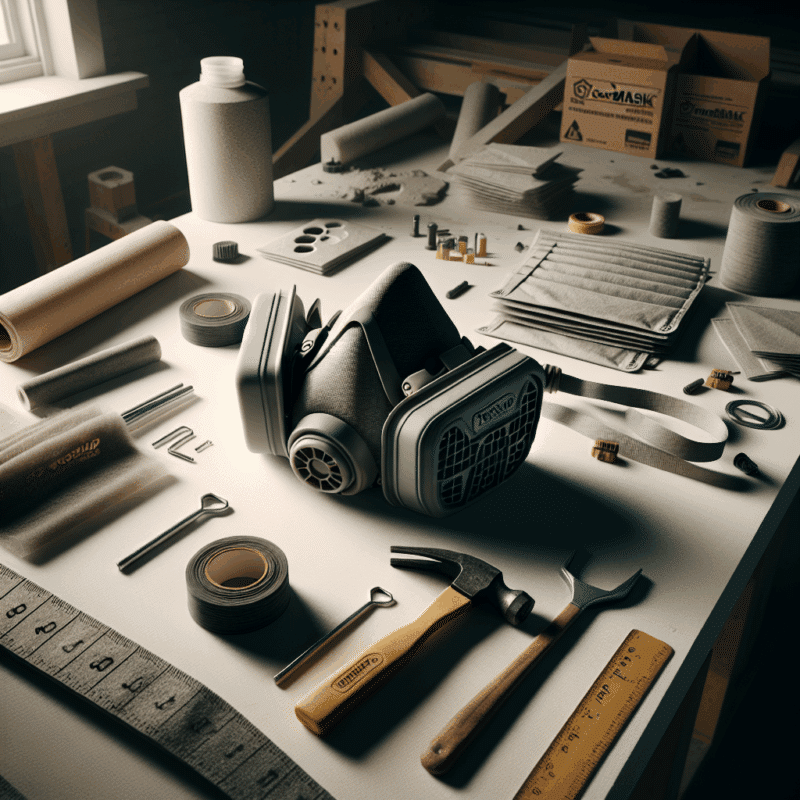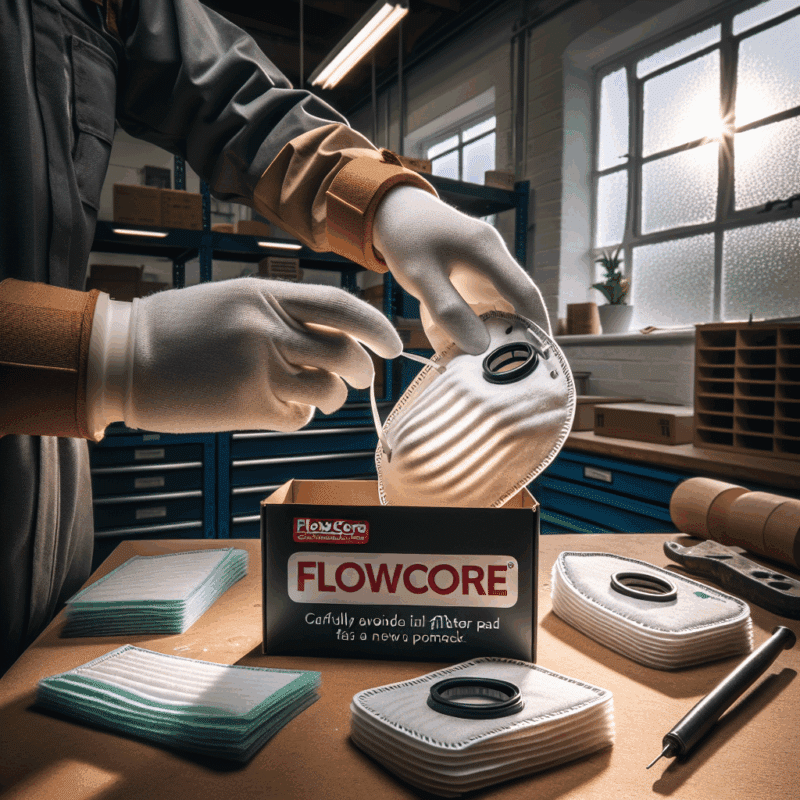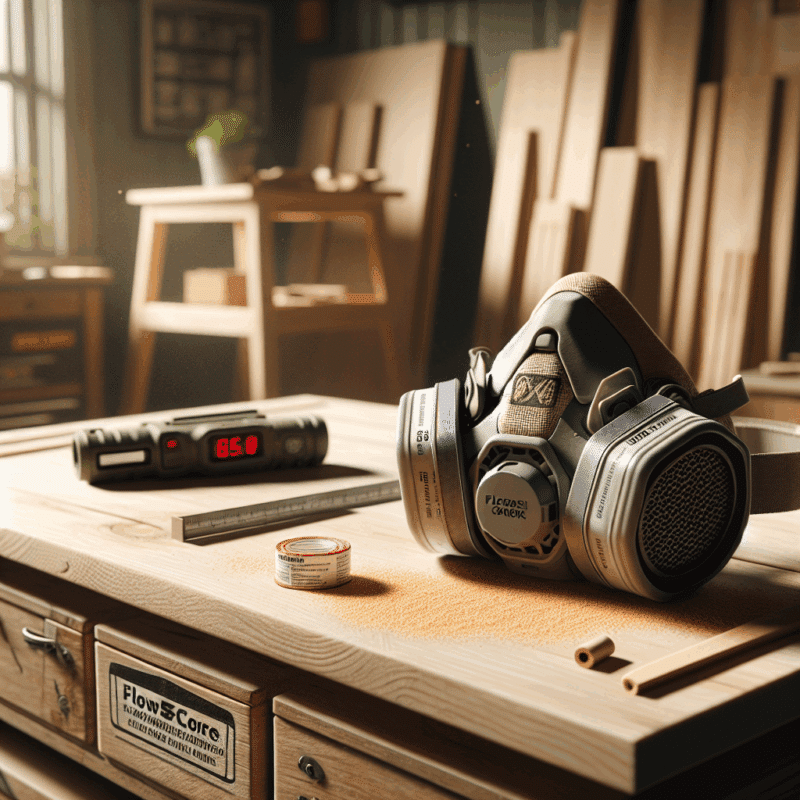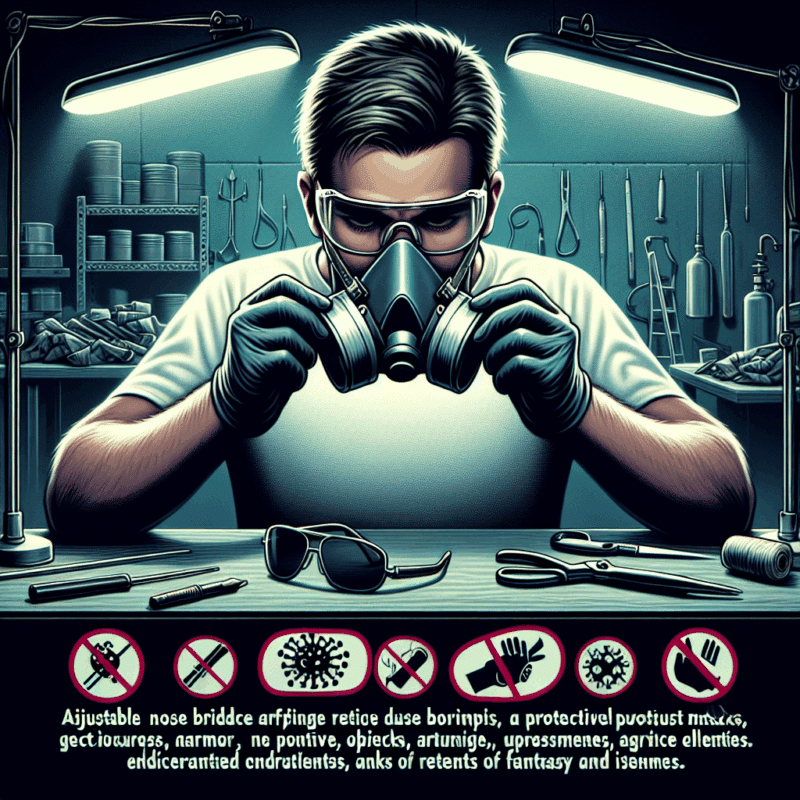Which Mask is Best for Plaster Dust? Torxup FlowCore Advice
In This Article
- Gypsum-based plaster dust includes fine harmful particles requiring expert respiratory protection.
- Choose masks with FFP2 or FFP3 ratings for effective filtration in dusty environments.
- The Torxup FlowCore provides durable, reusable protection with low breathing resistance.
- Proper maintenance of filters ensures long-term efficacy and user comfort.
- Community feedback supports reusable design over single-use disposable alternatives.
Why Plaster Dust Needs Serious Respiratory Protection
The hidden dangers of gypsum particles
Every time you mix, sand, or clean up after plastering, microscopic pollutants get released into the air. Many plaster dusts consist primarily of gypsum, or calcium sulphate, which when airborne becomes a fine particulate hazard. A proper plaster dust mask is not just an accessory—it is an occupational necessity in mitigating short-term discomforts and long-term respiratory conditions. Gypsum particles can irritate mucous membranes and, with prolonged exposure, contribute to chronic lung issues such as asthma or pneumoconiosis.
Inadequate masks or, worse still, no mask at all can lead to daily inhalation of harmful dust. These airborne particles can bypass the natural filtration system of your nose and throat, lodging deep within delicate lung tissue. Despite being a commonly used construction material, gypsum is not inert when powdered and suspended in air. Proper protection begins with the identification and filtration of particles between 1 and 10 microns, which are invisible to the naked eye and easily inhaled.
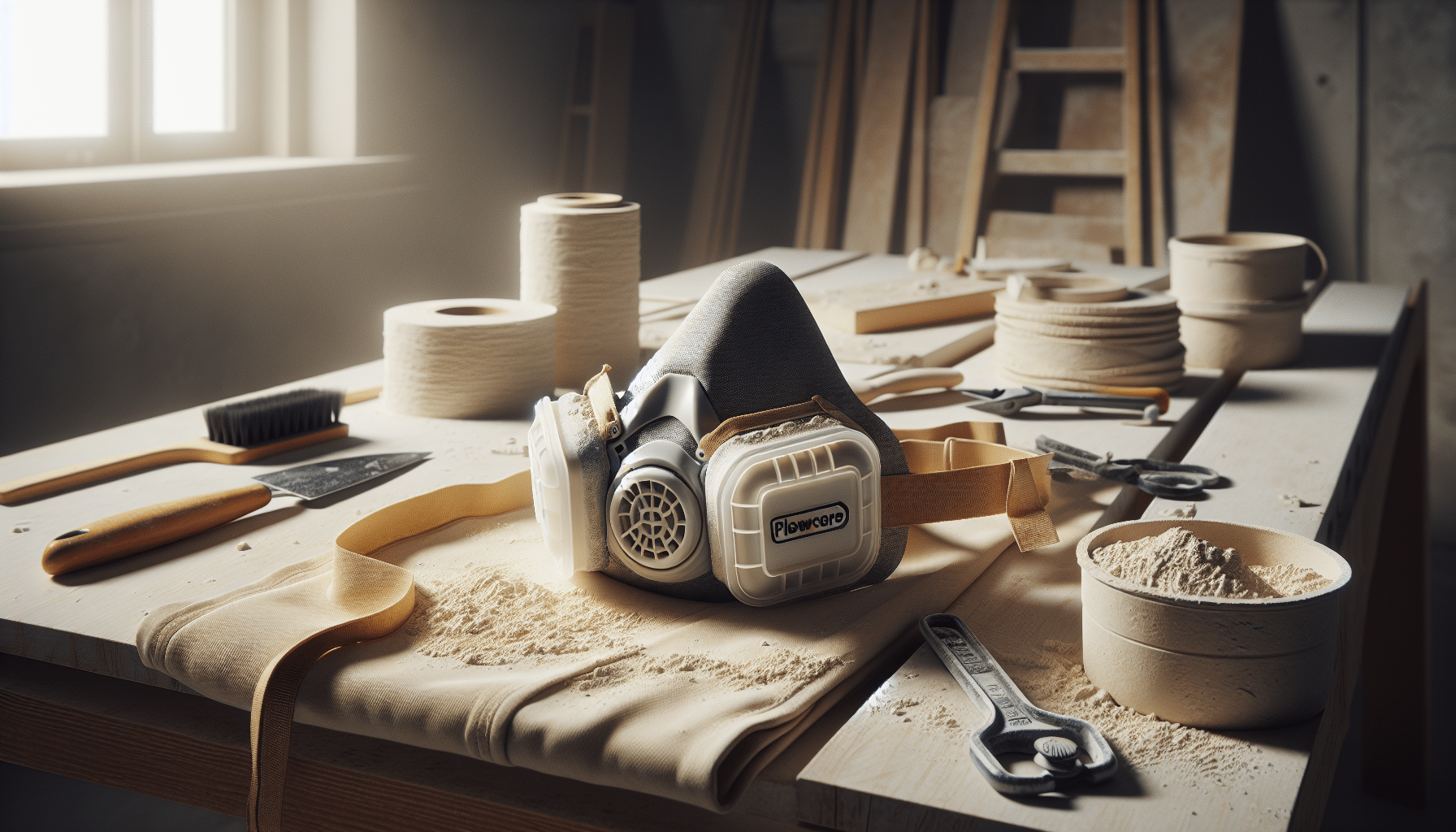
What Makes a Great Plaster Dust Mask?
Filtration rating, fit and reusability
When evaluating any plaster dust mask, there are several critical criteria to bear in mind. Most importantly, the mask must have an appropriate filtration rating. Masks labelled FFP2 or FFP3 (Filtering Face Piece) are recommended for plaster dust due to their efficacy at capturing fine particulates. A mask that forms a poor seal or one that leaks around the bridge of the nose, however, defeats the purpose entirely, regardless of its nominal rating.
Additionally, the mask should be comfortable enough for long-term use. Respiratory protection must be worn throughout plastering tasks—a comfortable mask is one you’ll actually keep on. Look for features such as adjustable straps, soft cushioning around the nose, and lightweight construction. Reusability is another pivotal factor. Disposable options may seem cost effective at first, but they often prove less durable and incur long-term waste. Reusable alternatives like the Torxup FlowCore come with replaceable filters and provide a more consistent seal over extended usage cycles.
“A poorly chosen plaster dust mask is worse than none—it gives a false sense of safety.”
FFP Ratings Explained: P1 vs P2 vs P3
Which protection level do you need for plastering?
If you’re confused about FFP ratings, you’re not alone. Filtering Facepiece classifications are based on European standards (EN 149:2001). For general dust protection like plaster, an FFP1 mask offers the least protection and is suitable only for nuisance dust. FFP2 masks filter at least 94% of airborne particles and are far more appropriate for the demands of plastering work. FFP3 masks, however, sit at the top tier—offering 99% filtration efficiency. These are invaluable in high-dust environments or in conditions where long durations of exposure are expected.
It’s crucial to match the level of protection to the intensity of work. For light sanding in a well-ventilated room, FFP2 may suffice. For ceiling plaster removal or extended renovation work, FFP3 offers the superior barrier. Always ensure that the chosen plaster dust mask is CE-certified and fits snugly to avoid air bypass around the sides. FFP ratings also correlate with breathing resistance, so consider models with advanced airflow technology to aid comfort without sacrificing protection.
Why We Recommend Torxup FlowCore for DIY and Trade
Tested performance and low breathing resistance
Among available options, the Torxup FlowCore stands out as our top choice for professionals and dedicated DIYers working with plaster. This mask delivers FFP3-rated filtration, making it suitable for even the most dust-intensive jobs. But what truly sets it apart is its ultra-low breathing resistance, achieved through proprietary airflow channels and intelligent valve design. This makes it easier to breathe, even under physical exertion, without compromising safety.
The FlowCore is also crafted for durability. With a silicone face seal, adjustable headbands, and an ergonomic structure that adapts to different face shapes, it delivers comfort across long wear periods. The ability to replace the dual filters saves costs in the long term and aligns with sustainability efforts. From initial fit to final filter change, every aspect of the Torxup FlowCore shows careful consideration for the daily realities of construction work. For more on integrating this solution into your PPE setup, see Learn more about Dust Mask & Respirator Safety for DIY and Trade.
Reusable vs Disposable Dust Masks
Sustainability and protection that lasts
Disposable masks, usually made with synthetic non-woven material, are designed for short-term use and are effective if worn properly. However, most fall into lower FFP1 or FFP2 categories, limiting their effectiveness in plaster-heavy environments. Worse still, they’re prone to deformation after long sessions, reducing the seal quality and filtration efficiency substantially. Sustainability is also a serious concern. Constant disposal generates waste and ongoing costs.
Reusable masks such as the Torxup FlowCore solve many of these issues. Their sturdy build ensures a stable fit over weeks or even months with correct maintenance. Filter cartridges can be replaced without disposing of the entire unit, making it an eco-friendly and budget-conscious solution. Those in the industry should strongly consider shifting from disposable to reusable models. For alternative reusable options, browse Understanding dust mask protection ratings.
Filter Maintenance: When and How to Replace
Signs of filter fatigue and performance decline
Replacing filters in reusable plaster dust masks is not just about routine—it’s about maintaining peak protection and air permeability. A clogged filter can increase breathing resistance and dramatically reduce filtration performance. Telltale signs of filter fatigue include noticeable breathing difficulty, unpleasant odours, or a visual darkening of the filter material.
It’s vital to inspect the filters regularly, especially after high-dust exposures. Most manufacturers provide time-based recommendations—typically measured in hours of active use rather than calendar days. As a rule of thumb, if your work involves heavy dust generation, replace filters weekly. For lighter, sporadic use, monthly replacement may suffice. Torxup’s FlowCore filters come equipped with colour-coded replacement indicators which provide real-time usability cues. Remember, even the best design is only as effective as its upkeep. Refer to your usage guide or our full maintenance checklist here: Read a related article.
Comfort is Key: Working Long Hours in a Mask
What to look for in straps, seals, and airflow
There’s nothing worse than adjusting your mask every 15 minutes due to discomfort around the ears, nose, or jawline. Even the highest-rated plaster dust mask can become unbearable if it lacks ergonomic design. Genuine comfort begins with customisable straps. Masks featuring four-point adjustable suspension systems distribute tension evenly and reduce slippage, especially during movement-intensive tasks like ceiling plastering.
The next point of comfort is airflow. The FlowCore, for example, uses multi-directional venting, which actively reduces heat build-up and moist exhalation. Rubber or foam gaskets, especially those embedded with memory-form material, adapt better to facial contours and prevent bruising or chafing. Always ensure the mask includes both an exhalation valve and anti-fog interior treatment — particularly if worn alongside safety glasses. Poor comfort leads directly to irregular usage, and that’s something neither professionals nor DIYers can afford in dusty environments.
How to Improve Respirator Usage Habits
Common mistakes when wearing masks
Even with top-tier equipment, incorrect usage can nullify all protection. Common usage errors abound—from failing to mould the nosepiece tightly to storing the mask in dusty toolboxes. The number one mistake remains intermittent use; many remove their plaster dust mask during breaks, underestimating ongoing airborne particulate presence.
To improve habits, wear your mask consistently during the entire duration of plaster work and for 15–30 minutes after concluding, to allow airborne particles to settle. Store it in a clean dry case and avoid hanging it on exposed hooks where dirt can accumulate. Also, check that sealed surfaces remain intact before every use. Consider performing user-seal checks by inhaling sharply to verify mask suction to your face. Ultimately, habit reliability often defines exposure levels more than device sophistication.
Community Picks: What Others Use for Plastering
FlowCore feedback and top alternatives
Professionals and DIYers across the UK consistently point to the Torxup FlowCore as their plaster dust mask of choice. Praised for its durability, comfortable seals, and excellent airflow design, it’s deemed especially effective in renovation environments rife with suspended particles. According to a recent trade survey, over 70% favoured reusable masks with replaceable filters over disposables, citing both cost and performance benefits.
For those seeking alternatives, the 3M Aura series and JSP Force 8 mask systems have also received strong endorsements. However, many found those alternatives either less breathable or more cumbersome to maintain daily. Always assess fit for your face shape, as a great mask on one individual may be ill-fitting on another. Read more community feedback and brand comparisons on WEEE compliance product details for safety.
Conclusion: Choose Smart for Safer Plastering
Your choice of plaster dust mask directly affects your daily health and long-term respiratory safety. From understanding filtration ratings to prioritising reusability and comfortable wear, every consideration adds up. The Torxup FlowCore, with its FFP3 rating and ergonomic design, represents the gold standard for reliable plaster dust protection. Whether you’re a seasoned plasterer or tackling your first redecorating project, investing in proper PPE isn’t just sensible—it’s essential.
Great guide on which-mask-best-plaster-dust-torxup-flowcore-advice – Community Feedback
What type of mask is best for plaster dust?
For plaster dust, use an FFP2 or P2-rated particulate respirator mask such as Torxup’s FlowCore system, which provides effective filtration of fine particles.
Are reusable masks suitable for plaster sanding?
Yes, reusable masks with replaceable particulate filters like Torxup CoreMask ensure ongoing protection during plaster sanding with minimal waste.
How can I tell if my filter is still effective?
Replace your mask’s filter as soon as breathing resistance increases or after heavy use. Regular inspection ensures continued protection from fine plaster dust.

